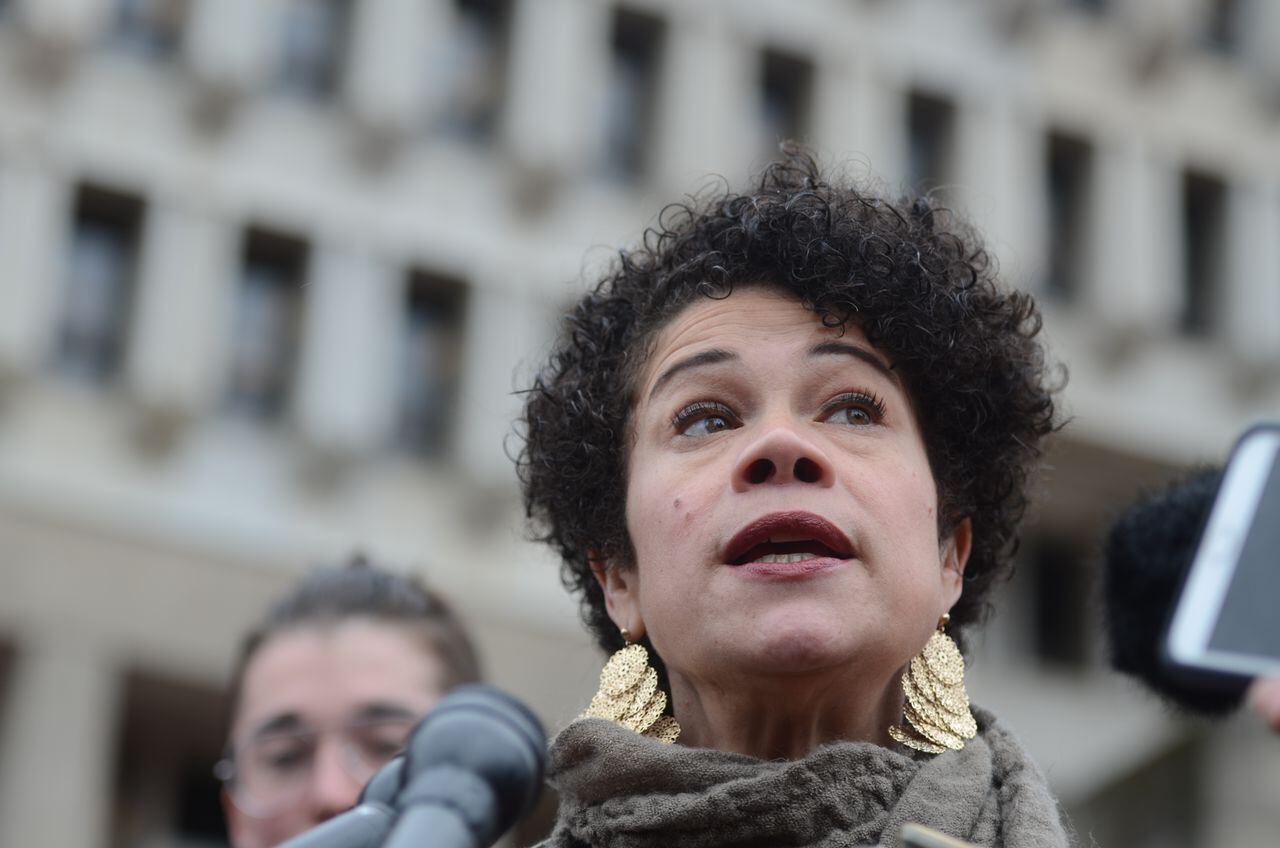The Trump Administration's List Of Sanctuary Cities: What It Means

Table of Contents
Defining "Sanctuary City" and the Legal Landscape
The term "sanctuary city" lacks a uniform legal definition, creating significant challenges for both local governments and the federal government. This ambiguity fueled much of the controversy surrounding the Trump administration's actions. Essentially, cities considered "sanctuaries" implement policies that limit their cooperation with federal immigration enforcement, specifically Immigration and Customs Enforcement (ICE). These policies can range from refusing to detain individuals solely based on immigration detainers to restricting the sharing of information about an individual's immigration status with federal authorities.
The legal landscape surrounding sanctuary cities is complex and contested. The Trump administration faced numerous legal challenges in its attempts to define and punish sanctuary cities, arguing that these policies undermined federal law and jeopardized national security. However, cities argued that their policies were aimed at fostering trust within immigrant communities and ensuring public safety.
- Examples of policies interpreted as sanctuary city policies:
- Refusal to honor ICE detainers
- Limiting local law enforcement's questioning of individuals about their immigration status
- Restricting access to immigration data by federal agencies
- Providing legal assistance to undocumented immigrants
The legal battle over the definition and enforcement of "sanctuary city" policies remains ongoing, highlighting the inherent tension between federal immigration enforcement and local autonomy.
The Trump Administration's Efforts to Target Sanctuary Cities
The Trump administration employed several strategies to pressure cities with sanctuary city policies. Key among these were executive orders and the threat of withholding federal funding. Executive Order 13768, for example, aimed to restrict federal grants to jurisdictions that did not cooperate with immigration enforcement. This led to numerous lawsuits, challenging the administration's authority to condition federal funding on compliance with specific immigration policies.
The administration argued that sanctuary cities posed a threat to national security and public safety by shielding undocumented immigrants from federal authorities. They maintained that withholding federal funding was a legitimate tool to incentivize compliance with federal immigration law. However, opponents countered that such actions violated principles of local autonomy and undermined trust between law enforcement and immigrant communities.
- Key executive orders and policy initiatives:
- Executive Order 13768 (Enhancing Public Safety in the Interior of the United States)
- Various memos and directives from the Department of Justice and the Department of Homeland Security targeting sanctuary cities
The legal battles surrounding these actions continue to shape the discussion on the limits of federal power and the rights of local jurisdictions.
Impact on Immigration Enforcement and Local Communities
The Trump administration's actions significantly impacted immigration enforcement in cities with sanctuary city policies. While some argue that these actions enhanced national security by removing barriers to deportation, others contend they created a climate of fear and distrust, hindering law enforcement's ability to effectively address crime.
The perspectives of different stakeholders vary dramatically. Federal officials emphasized the importance of cooperation with federal law enforcement, arguing that sanctuary cities hampered their ability to remove dangerous individuals. Local law enforcement agencies often expressed concerns about the impact on community relations and their ability to build trust with immigrant communities. Immigrant communities, understandably, voiced fears of increased harassment and deportation.
-
Potential benefits of sanctuary city policies:
- Increased trust between law enforcement and immigrant communities
- Higher reporting of crimes by immigrant communities
- Improved public safety through increased cooperation on non-immigration issues
-
Potential drawbacks of sanctuary city policies:
- Potential risks to public safety by shielding individuals from deportation
- Strain on local resources due to increased caseloads related to immigration enforcement
- Legal challenges and potential loss of federal funding
The Legacy of the Trump Administration's List
The Trump administration’s efforts left a lasting impact on the debate surrounding sanctuary cities. While the administration’s attempts to create a definitive list ultimately failed due to legal challenges and the lack of a clear legal definition, its actions significantly shaped the political and legal landscape. The legal battles surrounding the withholding of federal funds set important precedents regarding the limits of federal power in relation to local policies.
Different cities and states responded to the administration's actions in varied ways, some increasing cooperation with ICE, others steadfastly maintaining their sanctuary city policies despite the potential for financial penalties. The legal and political ramifications are still unfolding, with ongoing debates about the appropriate balance between federal immigration enforcement and local autonomy.
- Key court decisions and legislative actions: Many court cases challenged the legality of the administration's actions, resulting in mixed outcomes. Some jurisdictions successfully defended their sanctuary city policies, while others faced limitations or compromises.
Conclusion: Understanding the Trump Administration's List of Sanctuary Cities
The Trump administration's attempts to define and punish sanctuary cities highlight the complex interplay between federal immigration policy and local governance. The lack of a consistent legal definition of "sanctuary city" and the legal battles that ensued underscore the profound challenges involved in balancing national security concerns with local autonomy and community relations. The administration's actions had a significant and lasting impact on immigration enforcement, community trust, and the ongoing debate surrounding sanctuary city policies. Understanding this complex history is crucial for navigating current and future discussions about immigration and local governance.
We encourage you to further research the topic of sanctuary city policies, engage in informed discussions about the impact of sanctuary city policies, and stay updated on relevant legal and policy developments related to the debate surrounding sanctuary cities and immigration enforcement. A deeper understanding of these issues is crucial for a nuanced approach to immigration policy in the United States.

Featured Posts
-
 Brascada Perfecta Receta Facil Y Rapida Del Bocadillo Valenciano
May 31, 2025
Brascada Perfecta Receta Facil Y Rapida Del Bocadillo Valenciano
May 31, 2025 -
 Grigor Dimitrov Ptyat Km Rolan Garos
May 31, 2025
Grigor Dimitrov Ptyat Km Rolan Garos
May 31, 2025 -
 Erste Pflegekonferenz Im Bodenseekreis Programm Und Anmeldung
May 31, 2025
Erste Pflegekonferenz Im Bodenseekreis Programm Und Anmeldung
May 31, 2025 -
 Western Massachusetts Rainfall Analyzing The Effects Of Climate Change
May 31, 2025
Western Massachusetts Rainfall Analyzing The Effects Of Climate Change
May 31, 2025 -
 Bernard Kerik Ex Nypd Commissioner Receives Medical Treatment Expected Recovery
May 31, 2025
Bernard Kerik Ex Nypd Commissioner Receives Medical Treatment Expected Recovery
May 31, 2025
